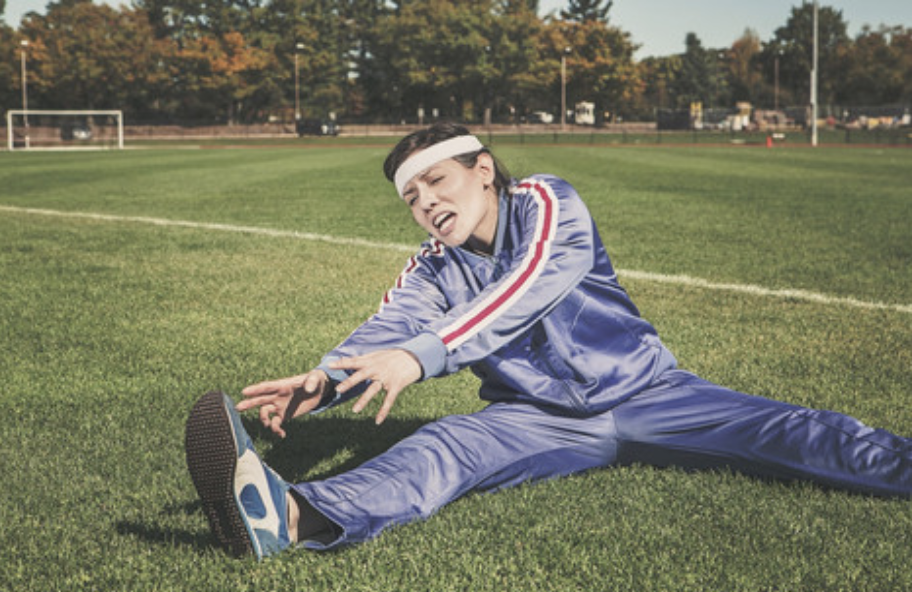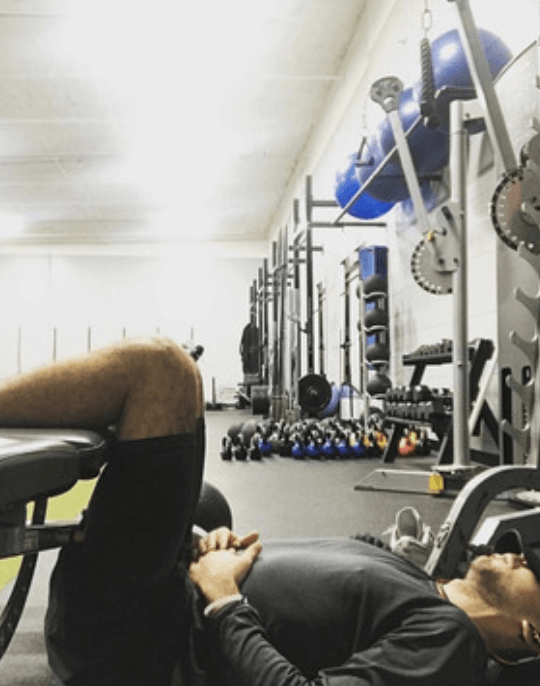Is Your Body Under Threat? How to Find Out
SLXLM
2. You have poor flexibility/mobility:
Uncontrolled movement and too much flexibility are seen as threats by the nervous system. When your body moves away from its center and into extreme ranges of motion, there is automatically a threat of injury. The body’s response is to tighten up when it is under threat, and will limit muscle flexibility and movement from happening. Most of the time, it is not that a muscle is actually short and needs stretching, but it actually is the brain is not comfortable with letting the muscle stretch to its full potential due to the uncertainty. Stiffness and poor flexibility also go hand in hand with pain/injury. This explains why when you you throw your back out from lifting an awkward object your back gets real stiff. The nervous system instantly responds by stiffening up all of the muscles around the site of injury. Your nervous system doesn’t want you moving where it isn’t comfortable and could risk further injury. If you are suffering from chronic tightness, stiffness, and limited mobility in certain areas, there is an underlying reason. Your brain likely doesn’t trust you, and is acting like an overprotective mother and overriding your body. Neurological stretching techniques can be used to put your nervous system at ease. Spend more time near your limits, and gradually decrease the threat response is the way to huge improvements in flexibility and mobility.
SMXLL
3.Strength plateau’s/ weakness and altered movement:
Strength is the ability to create force using a muscle contraction. If the body does not feel safe when you are trying to contract a muscle or produce a movement, the brain will limit the neural drive to the muscles involved and limit force production. This is a protective response, with the brain acting like a governor to limit how much we use our muscles. This is the reason why you might see someone at the gym leg pressing 1000lbs but only able to squat 225lbs (same leg strength, different perception of threat during the movement). Many of the strength plateaus that people run into are actually due to limited stability, movement quality, and motor control. Not actually absolute strength. When the body feels safer with improved movement quality, core control, technique, and stability, it will grant you more strength. STRENGTH IS GRANTED TO YOU BY YOUR NERVOUS SYSTEM WHEN IT FEELS SAFE. This is why your trainer hopefully keeps a close eye on your form, not only so you dont get injured but so you are moving in the right planes of motion and your body feels safe to fire on all cylinders. A well known exercise scientist named Vladimir Zatsiorsky noted that the average person can only harness about 65% of their potential muscle power in any given movement. The same can be said about weakness and altered movement. When someone is experiencing shoulder pain for example, a common complaint is that it feels very weak and they cannot use it to the same extent as the other side. This goes hand in hand with limited mobility/flexibility. When the body is under threat via injury or pain, the nervous system will respond by limiting its strength and movement – to preserve and prevent further damage. Another classic example is a limping pattern that people revert to when in pain or injured. This is an automatic response by the nervous system to offload the area and protect it, which all happens involuntarily.
SMXLL
4. Dysfunctional breathing:
So when your body feels it is under threat the brain to produces a further threat/stress response in the body (both physically and chemically). This all has to do with the way we breathe day. Many people are stuck breathing dysfunction category. and it is higher in in people who sit most of the day. Breathing dysfunction happens when we fail to recruit the diaphragm to breathe, instead relying on shallow upper chest/neck breathing patterns. Breathing deeply into the belly/low back area allows us to use the diaphragm to draw in air. It enables our upper chest and neck musculature to relax, and it also directly gets you into your parasympathetic nervous system (the rest/digest part) on a chemical and hormonal level. Slow deep diaphragmatic breathing should be the norm most of the time when we are not under actual threat, working out, or on a rollercoaster etc. The problem is that many of us are not breathing this way, and are adopting a fight/flight breathing pattern all of the time. Using the neck and upper chest musculature all of the time to breathe will result in high levels of neck tension, postural issues, and further stress/dysfunction. This can be good in short bursts, but will take a massive toll on a variety of systems when on all of the time. Tell your brain that you are OK, and you can take control of your stress and tension. Start out by trying some box breathing. This is where you breath in for 2-3 seconds hold it in for 2-3 seconds and breath out 2-3 seconds.Focus on breathing through your belly and not your chest! Try going for 2-5 minutes and see how you feel!
SLXLM
Getting to know your nervous system is something that takes time and conscious effort, but everyone is capable of doing it. Listen to what your body is telling you, and it will begin to listen back and allow you to do amazing things. Learn how to control stress and take charge of the body’s threat response.
You might also like








